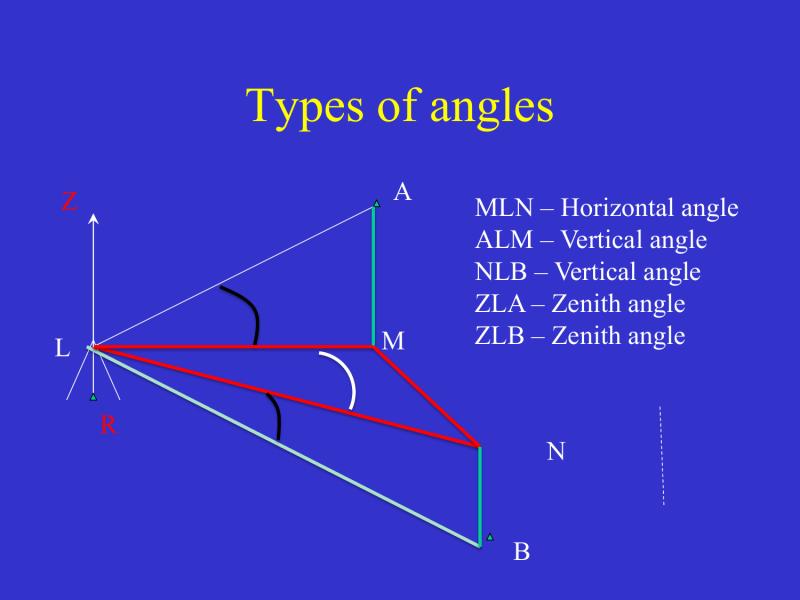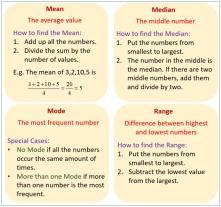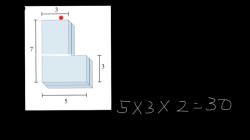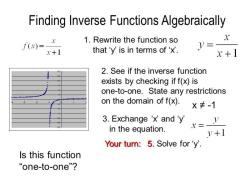How to calculate mean horizontal angles?
Calculating the mean horizontal angle involves finding the average or central angle from a set of horizontal angles. Here's a step-by-step guide on how to calculate the mean horizontal angle:
Step 1: Gather DataCollect the horizontal angle measurements for which you want to find the mean. Make sure the angles are in the same units (degrees, minutes, seconds) for accurate calculations.
Step 2: Convert to Decimal Degrees (if necessary)If your angle measurements are in degrees, minutes, and seconds, convert them to decimal degrees for easier calculations. The conversion is as follows:
Step 3: Sum the AnglesAdd up all the decimal degree angles you have collected.
Step 4: Divide by the Number of AnglesDivide the sum obtained in Step 3 by the total number of angles. This gives you the mean horizontal angle.
Step 5: Round the Result (if necessary)Round the mean angle to the desired level of precision based on the context of your measurements.
Example:Suppose you have measured the following horizontal angles: , , and .
Convert the angles to decimal degrees:
- in decimal degrees is degrees.
- in decimal degrees is degrees.
- in decimal degrees is degrees.
Sum the angles: degrees.
Calculate the mean angle: degrees.
So, the mean horizontal angle is approximately .
What formula or process is used to determine mean horizontal angles?
The formula or process used to determine the mean horizontal angle depends on the specific context and the number of observations available. However, the general approach involves calculating the sum of all the individual horizontal angle measurements and then dividing that sum by the total number of observations.
Here's the formula for calculating the mean horizontal angle:
Mean horizontal angle = (Σθ) / n
where:
- Σθ represents the sum of all individual horizontal angle measurements
- n represents the total number of observations
For instance, if you have five horizontal angle measurements: 45°, 60°, 75°, 90°, and 105°, you would calculate the mean horizontal angle as follows:
Mean horizontal angle = (45° + 60° + 75° + 90° + 105°) / 5 = 73°
Therefore, the mean horizontal angle for this set of measurements is 73°.












